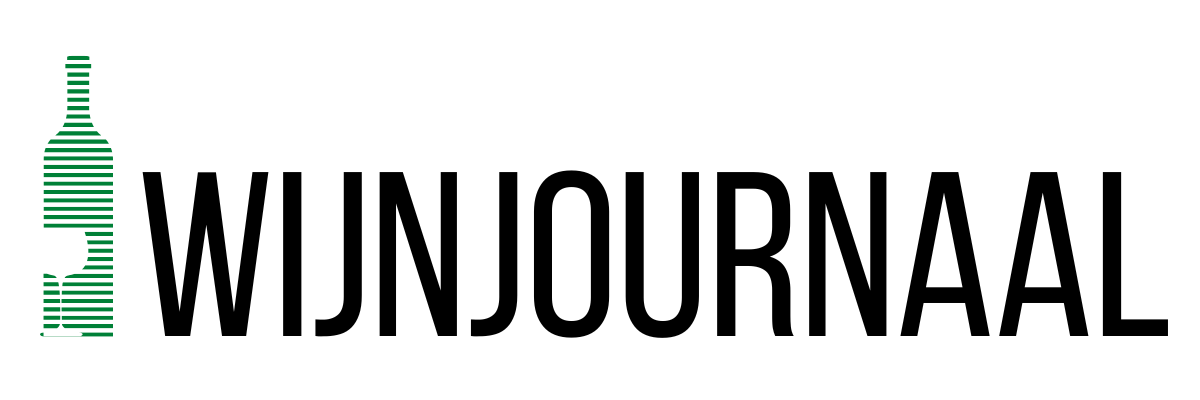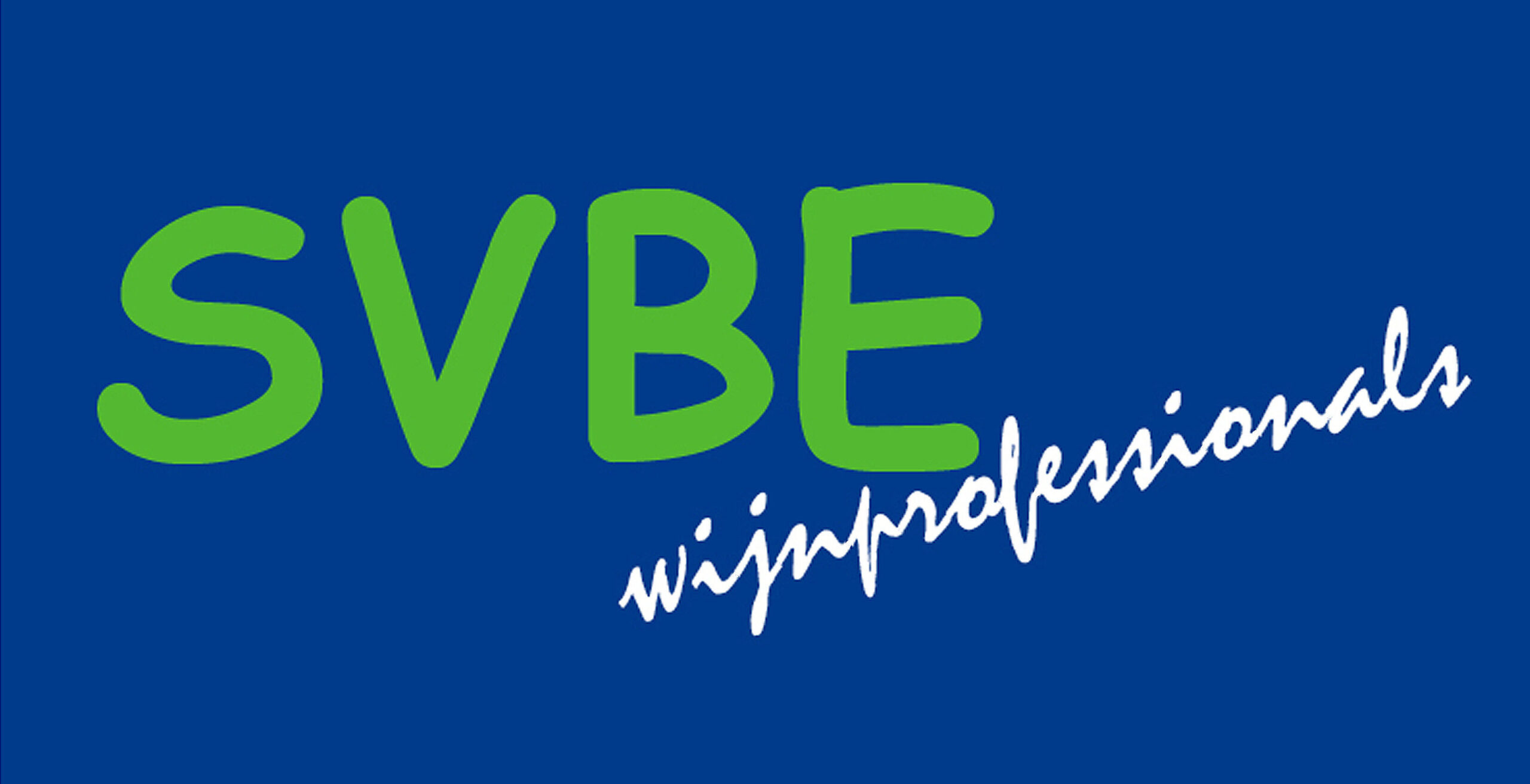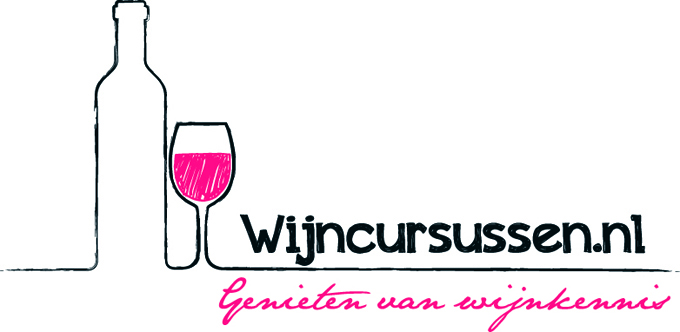The year 2021 is in stark contrast to the previous “very sunny” vintages; and the harvest, with its capricious weather, was like the vine’s cycle has been: tricky!
We had it all in 2021: frost in spring, severe thunderstorms sometimes accompanied by hail, heavy rainfall leading to an unparalleled threat of mildew and a deterioration of the grapes due to Botrytis at the end of the growing cycle. This all called for a rigorous sorting of the bunches in order to bring in only the very best.
In total, we were down around 35% compared to a “normal” harvest.
Let’s take a look back at this year, which was unusual in so many ways!
The weather conditions during the autumn and winter of 2020/2021 were in line with what we have been experiencing for several years: generally wet and mild. Just a few continental cold spells in February served as a reminder that we were indeed still in winter.
It was not until the second half of February that we were able to make any progress with the grinding up of the vine branches and begin the ploughing work.
It is the temperatures in March that determine the dates of the budburst. These were on the lower side of average which led to a staggered budburst on 13, 20 and 23 April respectively for our Chardonnays, Pinot Noirs and Meuniers. At this stage, we were running slightly behind the 10-year average.
April brought us glorious sunny days and icy cold nights with some frosts which continued into early May. We, like many other vineyard owners and growers, were not spared the effects of the frosts and the damages were extremely heterogeneous depending on the area. The damage amounted to around 10% of all buds in our vineyards with the younger vines being the most severely impacted.
May was particularly cold and rainy, the vine struggled to grow and began to stagnate. The pests that feed on the vine’s buds, which are generally secondary pests, were able to devour the slowly evolving buds at their leisure this year and were therefore able to cause more damage than usual.
It was not until early June that the temperatures began to rise and we actually saw higher than average temperatures during this period. The vine, stressed by the weather conditions throughout May, was finally bouncing back and growing more steadily. Tying work began on 8 June (compared to the 15 May last year!). This three-week contrast with 2020 heightened the impression of lateness although we were actually only 10 days behind a normal year.
The rise in temperatures unfortunately brought heavy storms which badly damaged the vines. Hail struck certain parts of our wine region although we ourselves were spared, much to our relief. The hot and humid weather nonetheless had us fearing the onset of vine disease.
The first flowers appeared on the vines on 3 June. Temperatures remained high which resulted in an even flowering across the board for our Chardonnays on 14 June followed by our Pinot Noirs on 15 June and our Meuniers on 18 June.
The high temperatures (the only real week of good weather we had over the season!) enabled flowering to take place quickly and in good conditions!
The successive periods of rain recorded in June and July (up to 4 times the normal amount of rainfall in some areas) had a major impact on the health of the vineyards. Mildew was prevalent on the leaves and very visible on the bunches in the areas that received the most rain. The drenched soils made mechanical work difficult. Ploughing was interrupted on many occasions, making it difficult to keep the grass down in certain plots.
While the losses due to mildew made it hard to estimate the size of the harvest, the situation with powdery mildew was fortunately brought under control.
From mid-August onwards, the return of a slightly stronger anticyclone helped to stabilise the health situation in the vineyards and enabled the ripening cycle to get underway in better conditions. Thanks to a very hot week at the start of September, the ripening process was steady and sustained (almost + 3° potential alcohol in 10 days in some cases).
Rainfall on 9 and 10 September and at the start of the harvesting combined with warm nights caused the health of the grapes to deteriorate with the appearance of botrytis in some areas.
Once again, this year, we noticed a significant lag between the Chardonnay and the black grape varieties, which are ready much sooner. It was even more difficult to determine the date of the harvest taking all these factors into account.
In the end, we kicked off the harvesting in the Pierry and Chatillon-sur-Marne vineyards on 13 September, a “normal” harvest date compared to the 10-year average. We brought in our Pinot Noirs and Meuniers up until 23 September and then we resumed the harvest with our whites on the 28th.
For the first time in our history, we were forced to stop the grape picking for nearly a week to allow our Chardonnay grapes to continue ripening; This was due to a fairly high grape load.
We are extremely happy that the challenge has been met : it is a given that all Chardonnay grapes yielded on the final three days of September have gained between 0,8° and 1° (potential alc.) compared to last week ; reaching between 10°3 to 10°5 with good acidity levels.
As quality is paramount, sorting (all during the harvest) was a necessity, and this has led to a further reduction in the yields which were already heavily impacted by the mildew and the tricks Nature played on us over the year.
The maximum yield for the appellation, set at 10,000 kilogrammes per hectare by the Champagne Committee (official wine council), was not reached and a release from the “Reserve Individuelle” will be required, at Deutz and for the vast majority of the grapegrowers and champagne makers.
In the end the maturity levels of the grapes on the winepress platform are satisfactory with fairly high levels of acidity. Contrary to previous years, the malic acid, in the absence of good weather and high temperatures, is only slightly down.
The region’s more experienced winemakers have an expression that goes “Annee en 1, Année de rien” (“years ending in 1, years of none”) : 2021, unfortunately, appears to have proven them right in terms of the growing season. However, we remain hopeful of producing quality wines. The still wine tastings will give us their verdict in a few months. Stay tuned!
PS: Video of the harvest by Champagne Deutz:










